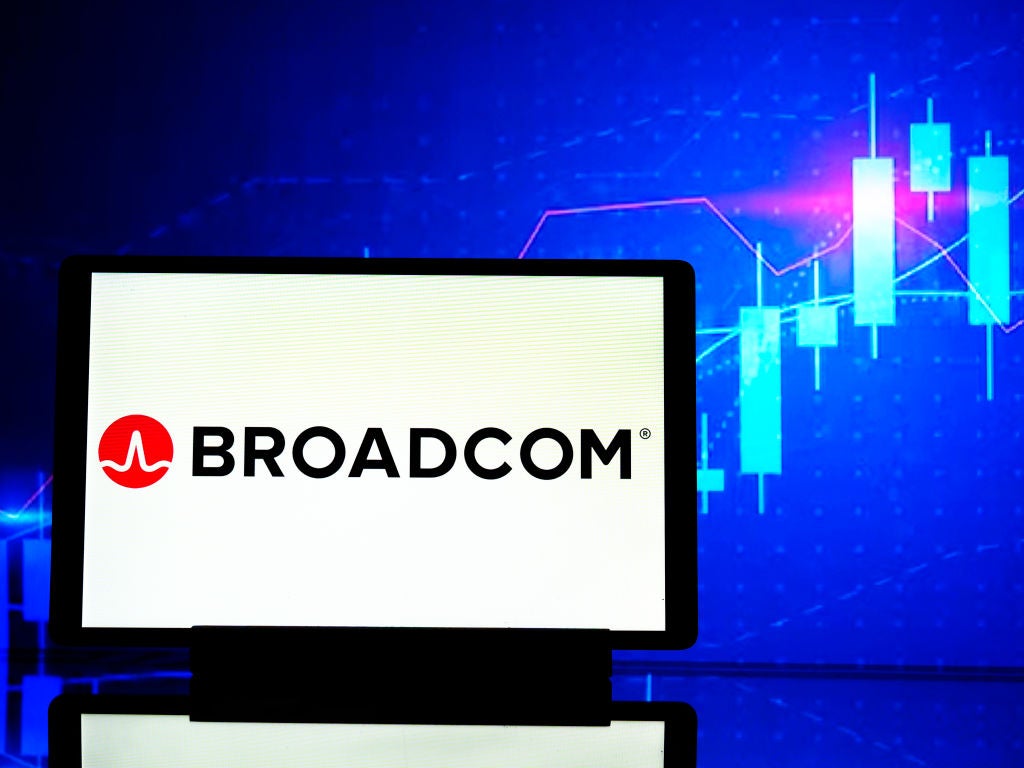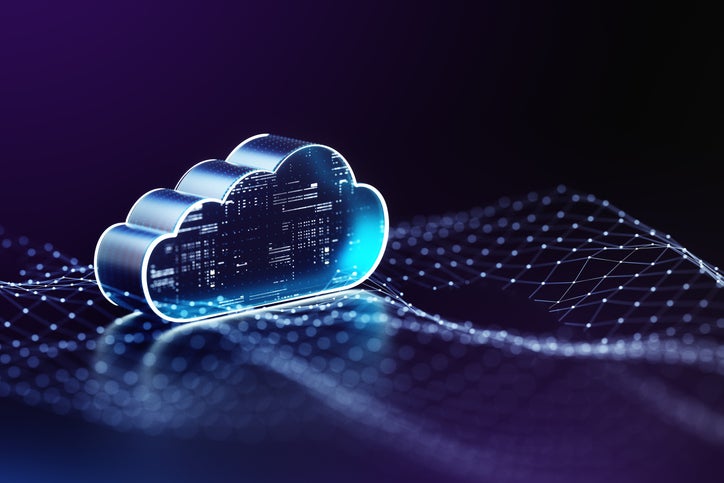The opportunity for telco operators that are making investments and forging alliances to leverage edge computing along with their 5G and fiber networks is expanding. Although much has been said about the dangers of striking partnerships with hyperscalers and SIs that may end up with the lion’s share of revenue, operators are discovering an assortment of advanced services and upsell opportunities by using edge as an enabler.
GlobalData’s latest edge computing forecast includes revenue forecasts for edge-related hardware, software and services and reflects optimism about the ability of vendors and service providers to monetize investments in edge computing. Not only is there an opportunity for telcos to generate revenue directly from edge-related managed and professional services, but ultimately the service providers hope to draw enterprise customers that will be using edge resources to deploy advanced latency-sensitive applications, and offer them new IoT services, security and privacy enhancements, and end-to-end vertical solutions.
Business customers can benefit from optimized workloads, using local or nearby computing and storage resources. They can save money on connections to remote clouds or data centers, secure private data, and take advantage of the high bandwidth and low latency enabled by operators’ 5G and fiber networks by using compute and storage resources at the edge of the operator network or on the customer premise.
GlobalData edge computing revenue forecast
GlobalData’s edge computing forecast defines hardware, software and services buckets containing capabilities and products that hardware and software vendors, operators, hyperscalers, and IT service providers can provide to businesses. The ones listed below include many areas in which operators can monetize their edge investments with new revenue streams.
- Edge Integration Services: services providing support to the business customer before, during and after edge deployments. They include consulting/advisory services, capabilities assessments, vendor recommendations, product evaluations, multi-vendor integration, and post-deployment support.
- Managed Edge Services: workload migration, ongoing management, and support services associated with deployment and maintenance of hardware, software or network edge solutions including endpoint management, cyber security, data backup, power backup, data center services, storage services, and analytics.
- Managed Edge Network Services: latency and bandwidth management, Content Delivery Networks, telecom tower services, connectivity for managed virtualized services (e.g., SD-WAN), Multi-access Edge Compute (MEC), and Network Edge Compute (NEC).
- Edge Connectivity: services for providing connectivity between edge computing elements such as edge data centers, gateways, and servers. They may include site-to-site VPNs, wide or metro-area remote access connectivity, and termination of remote access internet and VPN traffic from remote users and remote sites.
- Telco Edge Solutions: hardware and software infrastructure deployed within network base stations, collocated with a telecoms operator’s fixed access nodes or network aggregation points, or located at customer premises.
GlobalData forecasts that revenues for these five services and solutions will grow from $2.5 billion in 2021 to reach $5.5 billion by 2025 with a 5 year CAGR of 17%. As the total edge forecast also includes other revenue segments (e.g. hardware and software) for a total of $17.8 billion by 2025, these service revenues make up 31% of the total. Note that the telco opportunity for incremental revenue associated with new low-latency use cases, IoT solutions, or end to end vertical solutions that are a result of using edge technology, are not included here
2021 Telco announcements
Another way to gauge the telco edge opportunity is to look at recent announcements. Like 2020, 2021 has continued to be a pivotal year for telco alliances and services relating to edge computing.
How well do you really know your competitors?
Access the most comprehensive Company Profiles on the market, powered by GlobalData. Save hours of research. Gain competitive edge.

Thank you!
Your download email will arrive shortly
Not ready to buy yet? Download a free sample
We are confident about the unique quality of our Company Profiles. However, we want you to make the most beneficial decision for your business, so we offer a free sample that you can download by submitting the below form
By GlobalData- February: Singtel launched Singtel 5G Mobile Edge Computing on Microsoft Azure Stack (commercially available in September)
- April: Lumen forged an alliance with T-Mobile USA, allowing customers access to its edge platform over T-Mobile’s 5G network
- May: Telefonica Tech signs collaboration agreement with Microsoft to integrate 5G Private industrial connectivity and edge computing capabilities on premise, to offer end-to-end solutions to companies who want to implement industrial use cases over secure and reliable private networks.
- June: Vodafone will deploy Dell EMC PowerEdge servers at base station locations, with an initial focus on the 2,500 sites in the UK as part of a plan to build the first commercial Open RAN Network in Europe
- July: AT&T announced relationships with both Google and Microsoft for edge: AT&T is working to deploy AT&T Network Edge (ANE) in Google’s Edge PoPs, offering the service across 15 major US cities over the next few years. It partners with both hyperscalers for both ANE and for AT&T Multi-access Edge Compute (MEC).
- August: Verizon partners with Microsoft Azure for a private mobile edge cloud computing service available for enterprises.
- October: Verizon added to its partnership with AWS to add edge computing for on-premise private networks, integrating its 5G network with AWS outposts
- October: Telstra is working with Microsoft and Ericsson on its Branch Offload managed service which will use Azure Stack Edge and will launch before the end of the year.
While some operators note that they are still having to educate potential customers about the benefits of edge computing, they are seeing rising demand for the kinds of services they can offer by combining their networks with edge computing resources.









Related Company Profiles
Dell Technologies Inc
Google LLC
Microsoft Corp
Telstra Corp Ltd